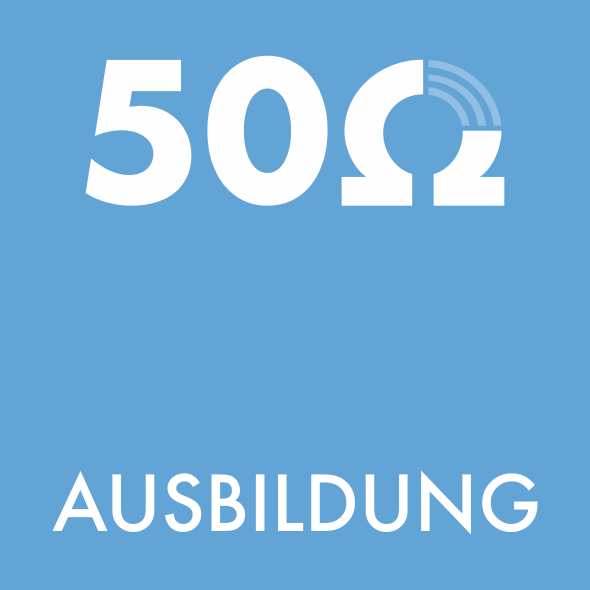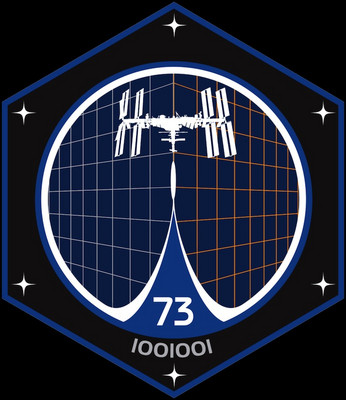Dies wird sich auf die Verfügbarkeit von APRS auswirken. Überwachen Sie 145,800 MHz auf mögliche SSTV-Aktivitäten während der Übergänge, der SSTV-Modus ist PD120.
Laden Sie Ihre empfangenen SSTV-Bilder in die Galerie hoch: https://ariss-usa.org/ARISS_SSTV
Beobachten Sie die sozialen Medien von ARISS@ARISS_intl für offizielle Updates, da Änderungen auftreten können, und https://www.ariss.org/upcoming-sstv-events.html
73, Micol Ivancic IU2LXR
ARISS Education Ambassador for European Region
ARISS contact is scheduled with students at Astronomical Society Kumova Slama, Daruvar, Croatia.
May 13, 2025, Amateur Radio on the International Space Station (ARISS) has received schedule confirmation for an ARISS radio contact between an astronaut aboard the International Space Station (ISS) and students at the Astronomical Society Kumova Slama located in Daruvar, Croatia. ARISS conducts 60-100 of these special amateur radio contacts each year between students around the globe and crew members with ham radio licenses aboard the ISS.
Kumova slama is a folk name for the Milky Way used in Balkan countries. It literally means "godfather's straw." According to folk legend, the godfather was carrying straw but dropped it along the way, leaving a shining trail in the sky - and that's how the Milky Way was formed. This poetic imagery also lives on in the name of the Astronomical Society Kumova Slama, one of the member clubs of the Daruvar Association of Technical Culture (ZTK Daruvar) an umbrella organization that brings together several local clubs, including the Astronomical Society Kumova Slama, amateur radio club Jan Hus 9A1CCY, the Photo-Film Club, and the Aero Club.
The Astronomical Society Kumova Slama is dedicated to making astronomy accessible to all, especially young learners, through activities like the Astro Kindergarten. Their flagship event, the annual "10 Days of Astronomy" celebrating its 15th edition from May 9th to 18th, 2025 - features public lectures, hands-on workshops, telescope observations, and school outreach programs, for participants of all ages and promoting science through direct community engagement.
ZTK Daruvar maintains an ongoing partnership with local elementary schools and high schools, offering students practical experiences in science and technology through collaboration with member clubs. This year, selected students from local schools (Vladimir Nazor Elementary School, Czech Elementary School Jan Amos Komensky, and Gimnazija Daruvar High School) get to ask questions during this ARISS contact. The event takes place in cooperation with Radio Club Jan Hus 9A1CCY.
This will be a direct contact via Amateur Radio allowing students to ask their questions of astronaut Jonathan (Jonny) Kim, amateur radio call sign KJ5HKP. The downlink frequency for this contact is 145.800 MHz and may be heard by listeners that are within the ISS-footprint that also encompasses the relay ground station.
The amateur radio ground station for this contact is in Daruvar, Croatia. Amateur radio operators using call sign 9A1CCY, will operate the ground station to establish and maintain the ISS connection.
The ARISS radio contact is scheduled for May 15, 2025 at 19:00 CEST (Croatia) (17:00 UTC).
As time allows, students will ask these questions:
1. What has been your most challenging moment in space?
2. What do you miss the most about Earth?
3. Why do you have to work out so much?
4. How many times a day do you see a sunrise or sunset, and what do they look like?
5. What has been the most interesting experiment you have done up there?
6. How many languages do astronauts usually speak to go to the ISS?
7. Do you need to be strong to become an astronaut?
8. What is the most unique experience you have had in space?
9. What is your least favorite task on the ISS?
10. How often can you video call your family from the ISS?
11. What challenges you mentally and physically the most while living in space?
12. What do you do when you get bored on the ISS?
13. What message would you like to share with the participants of the ongoing '10 Days of Astronomy' event?'
ARISS-Europe News Bulletins are distributed by AMSAT Belgium. We can only maintain this service with your donation.
https://www.amsat-on.be/donation-ariss-europe-news-bulletin/
ARISS radio contact between OR4ISS and CN8ERA on May 28.
Astronaut Nichole Ayers, call sign KJ5GWI, will operate the amateur radio equipment aboard the International Space Station. Nichole will answer questions from students in Morocco during this live amateur radio contact which is scheduled for Wednesday, May 28, 2025, at 12:55 UTC.
Astronaut Nichole Ayers will operate the amateur radio station call signOR4ISS aboard the ISS and will call the radio amateur ground station call sign CN8ERA in Morocco. This is a live ARISS radio contact from the Royal Moroccan Air Academy in Marrakech, Morocco.
You can listen live to astronaut Nichole Ayers aboard the ISS on 145.800 MHz (plus/minus 3kHz doppler shift). The ARISS program is aimed at students and enthusiasts and aims to inspire them in the study of sciences with this amateur radio activity. The demonstration of amateur radio communication from space invites schools and universities to make use of these educational technical resources. We invite radio amateurs and space enthusiasts to tune in to this exciting moment.
English is the expected language of communication in this amateur radio contact.
Students First Names & Questions:
1. Aymane: How do you sleep in zero gravity?
2. Sara: What do you eat and how are meals prepared on the ISS?
3. Mohamed Amine: What is the hardest thing to do in space due to weightlessness?
4. Achraf: How do you maintain your physical condition on board?
5. Nouha: How do you manage your personal hygiene, such as taking a shower or brushing your teeth?
6. Maroua: How do you deal with feelings of isolation or distance from loved ones?
7. Aya: What is the biggest difference between living on Earth and in space?
8. Anas: What types of hobbies or entertainment do you have on the ISS?
9. Ayoub: How do you celebrate special events, like birthdays or holidays?
10. Mohammed El Mahdi: How do you resolve conflict between colleagues on board?
11. Leazizi: What are the most interesting scientific projects you are currently working on?
12. Kezehoue: How do you collect and store data for zero gravity experiments?
13. Sekou: What was the most surprising discovery or experiment made on board the ISS?
14. Marouan: How does microgravity affect materials or living organisms in your experiments?
15. Achraf: What tools or technologies do you use to conduct your research?
16. Soufiane: How is the ISS supplied with oxygen, water and energy?
17. Ahmed: What are the biggest challenges in maintaining the ISS?
18. Anouar: What is the procedure to follow in the event of a technical problem or emergency, such as a leak?
19. Amine: How are spacewalks (EVA) planned and executed?
20. Ilyass: What do you think is the next step for space exploration after the ISS?
Check the ARISS website and follow ARISS on the official social media channels for more updates:
https://www.ariss.org/contact-the-iss.html
Jan ON7UX, on7ux@amsat-on.be
HamTV-Installation auf der ISS für Juni geplant
Das Programm "Amateur Radio on International Space Station" (ARISS) informiert, dass das HamTV-System Ende Juni 2025 auf der Internationalen Raumstation ISS (wieder) installiert werden soll. Eine entsprechende Info ist auf Mastodon von ARISS veröffentlicht worden: mastodon.hams.social/@ARISS_Intl/114540858087234186
Ursprünglich wurde HamTV im Jahr 2013 auf der Station eingerichtet und bis zum Ausfall 2018 genutzt, um visuelle und akustische Schulkontakte via DATV im 13-cm-Band mit ISS-Astronauten zu ermöglichen.
https://wiki.batc.org.uk/HAMTV_from_the_ISS
Quelle: darc.de


